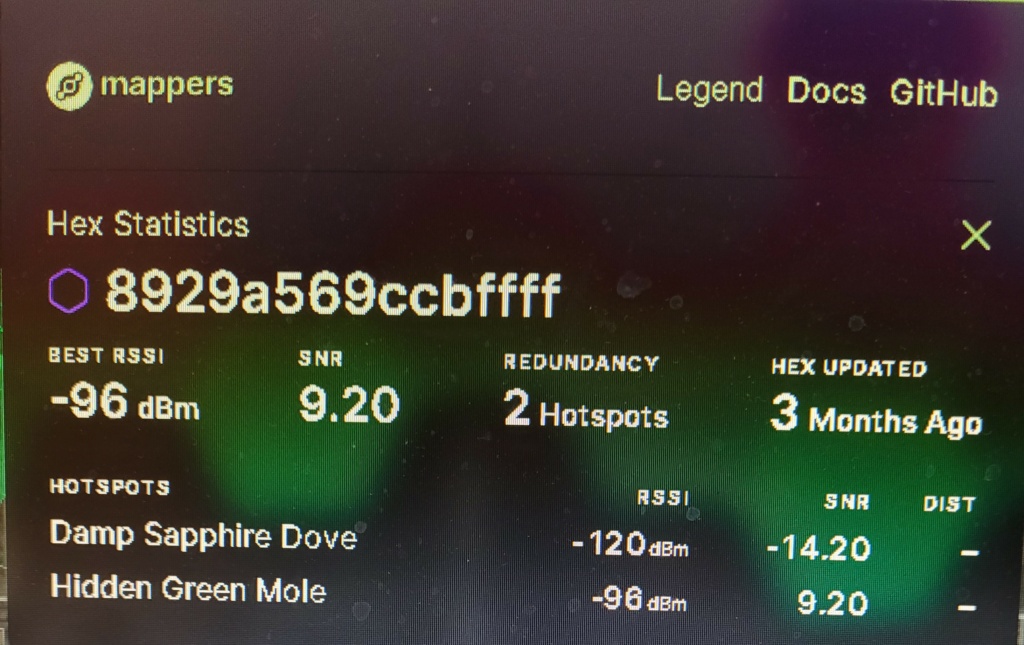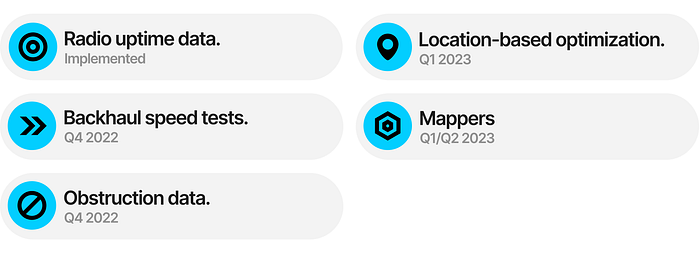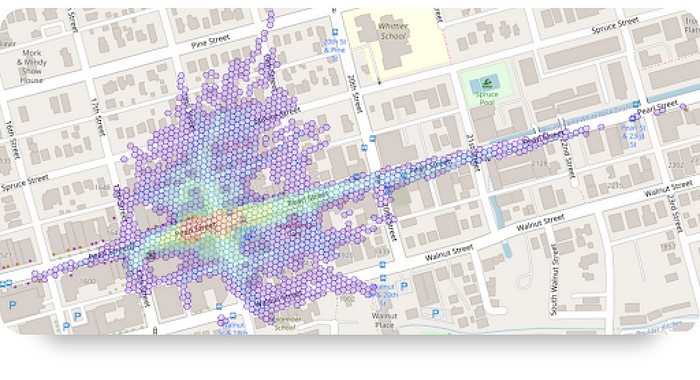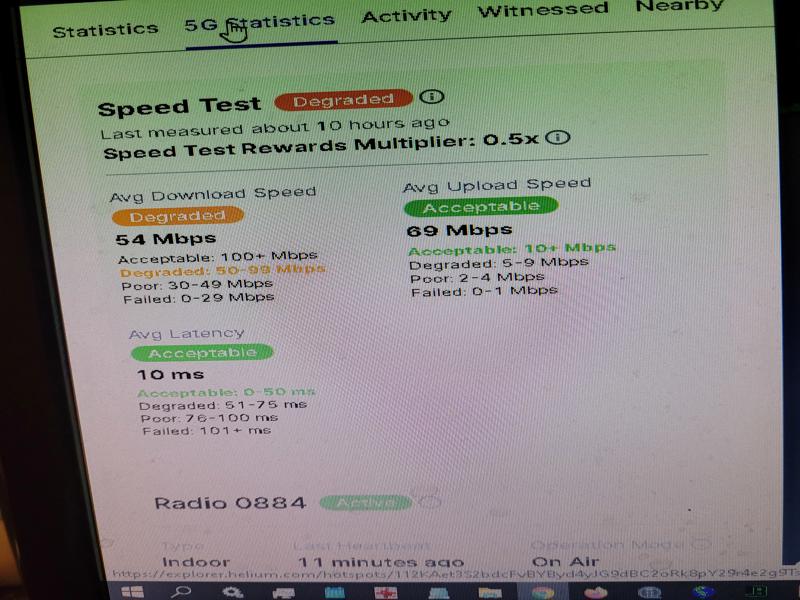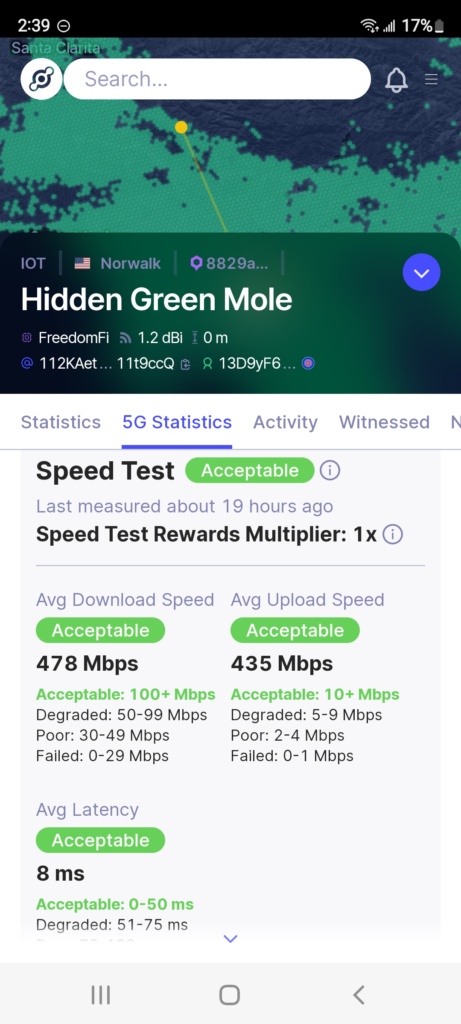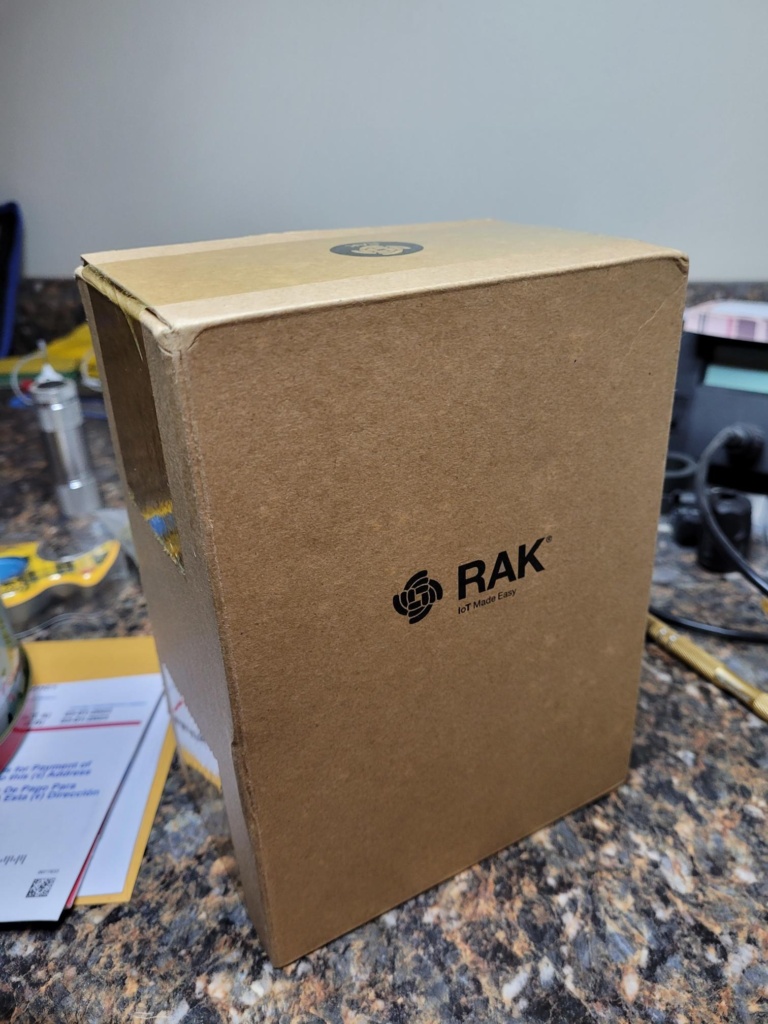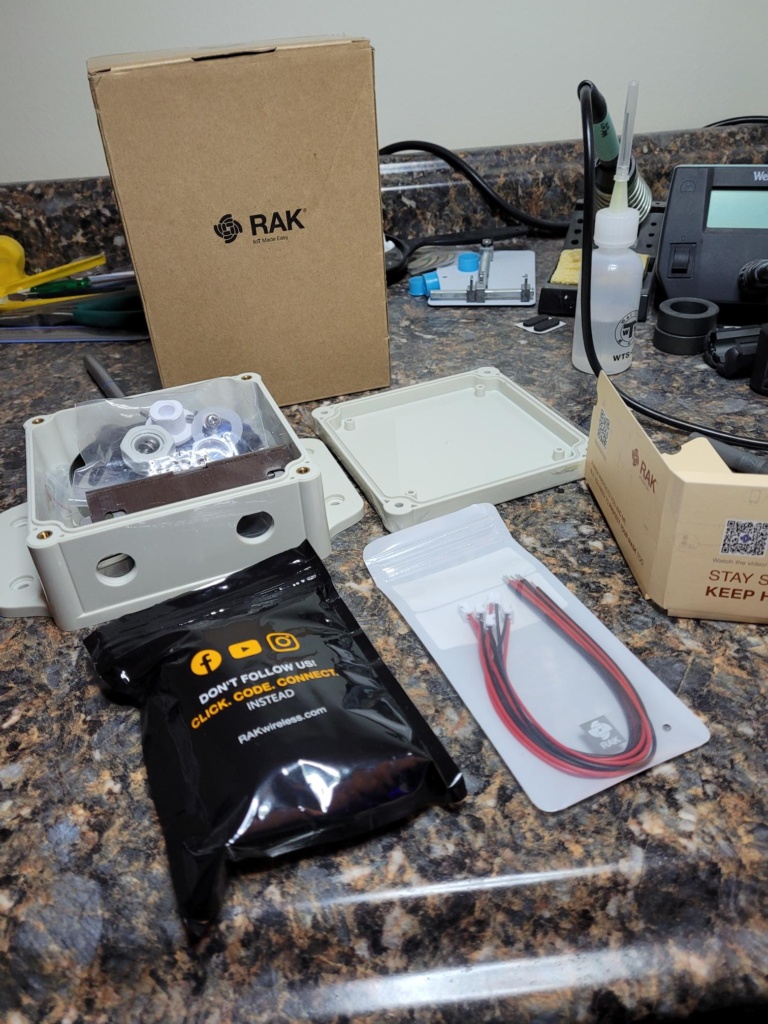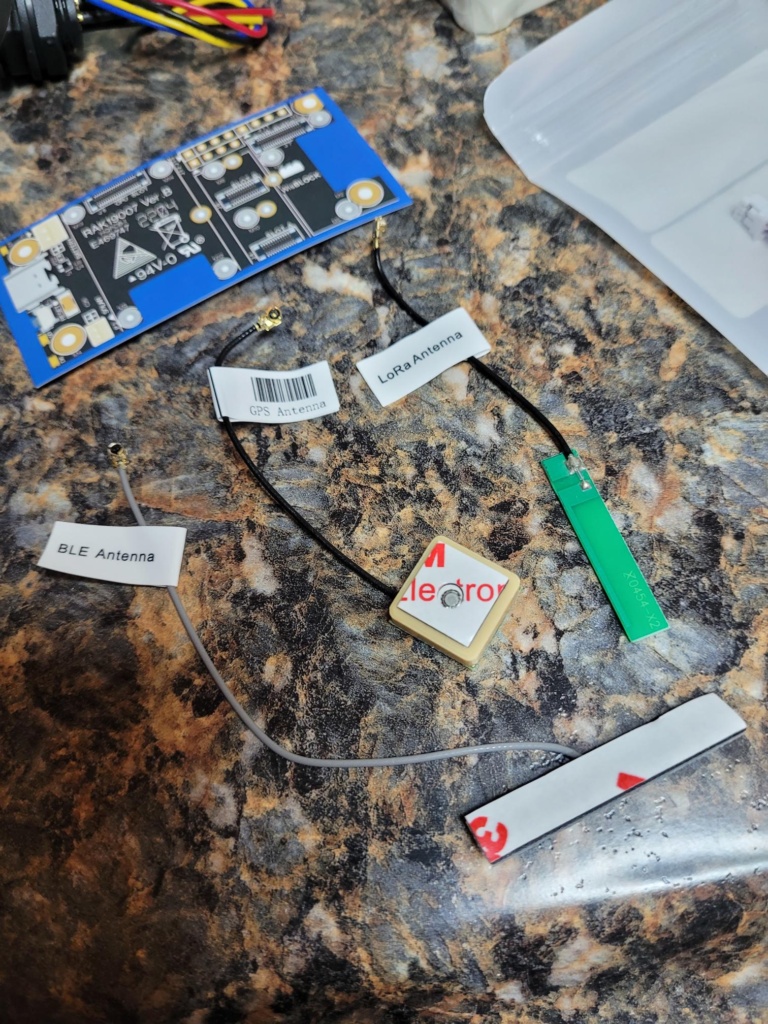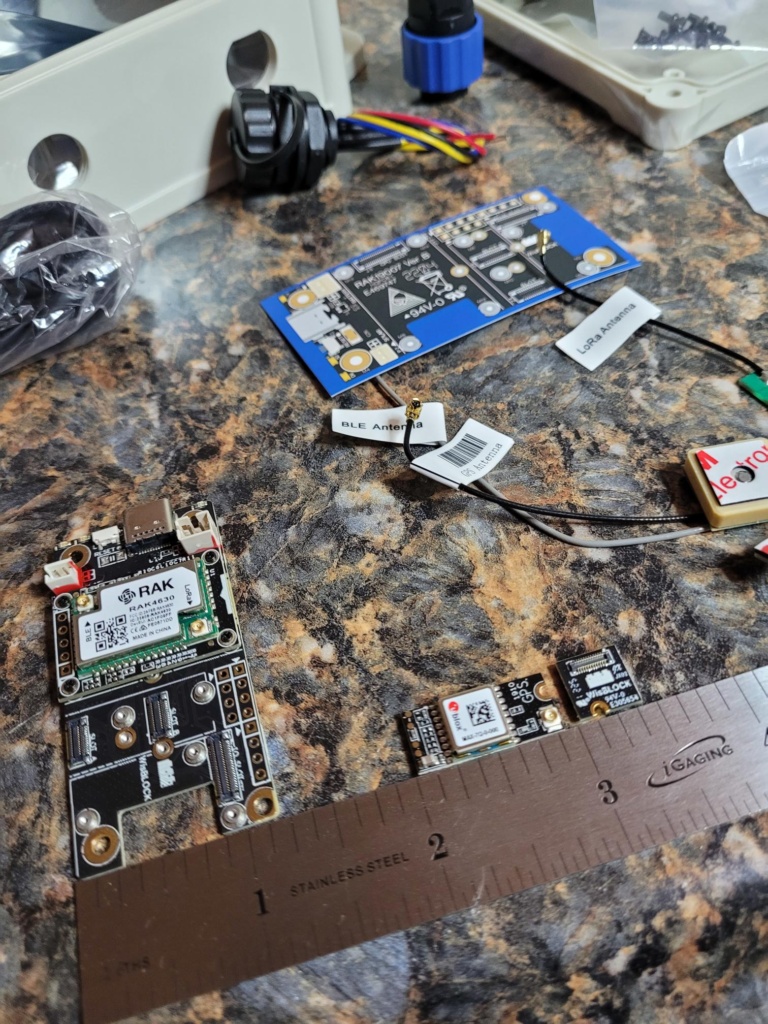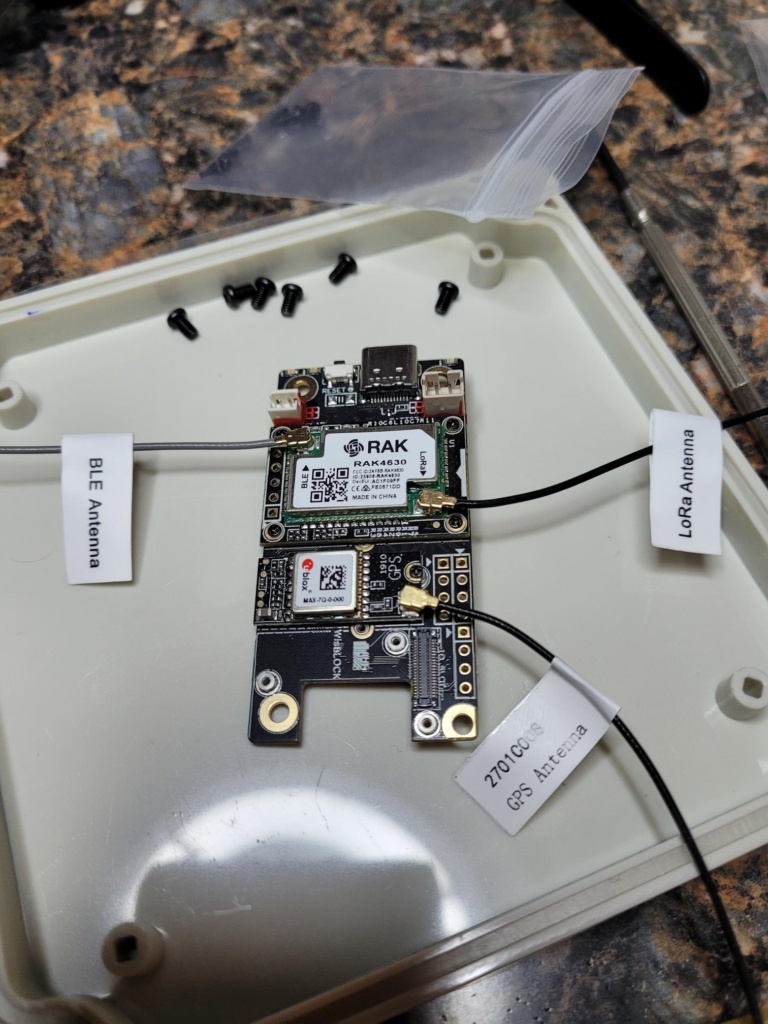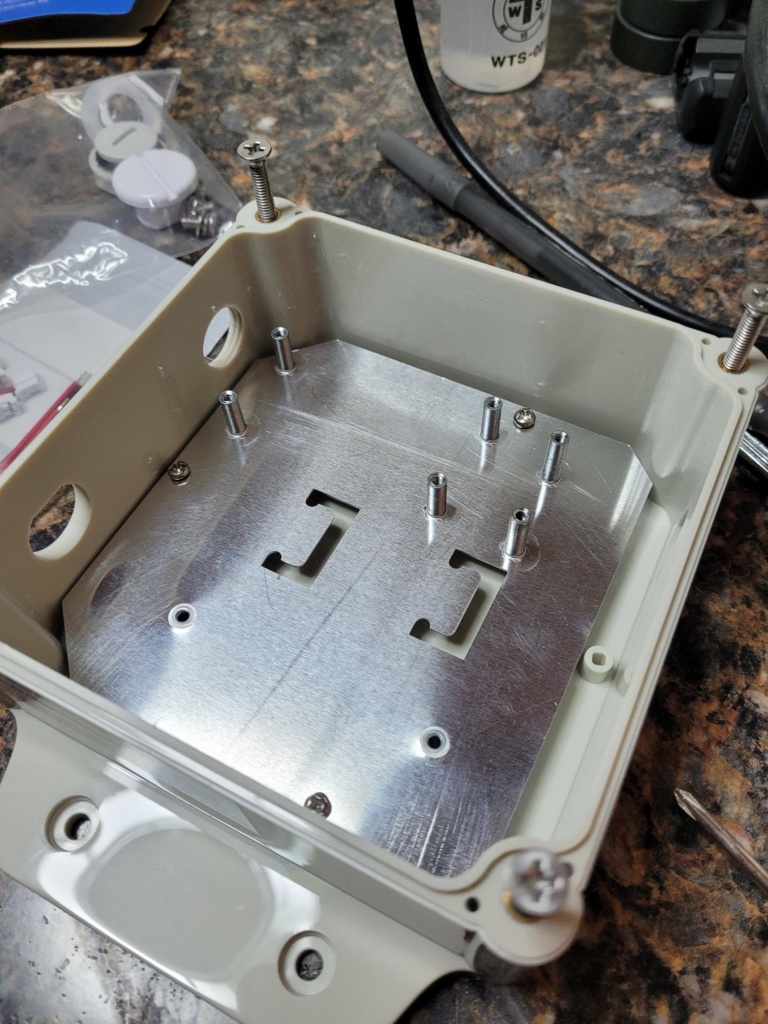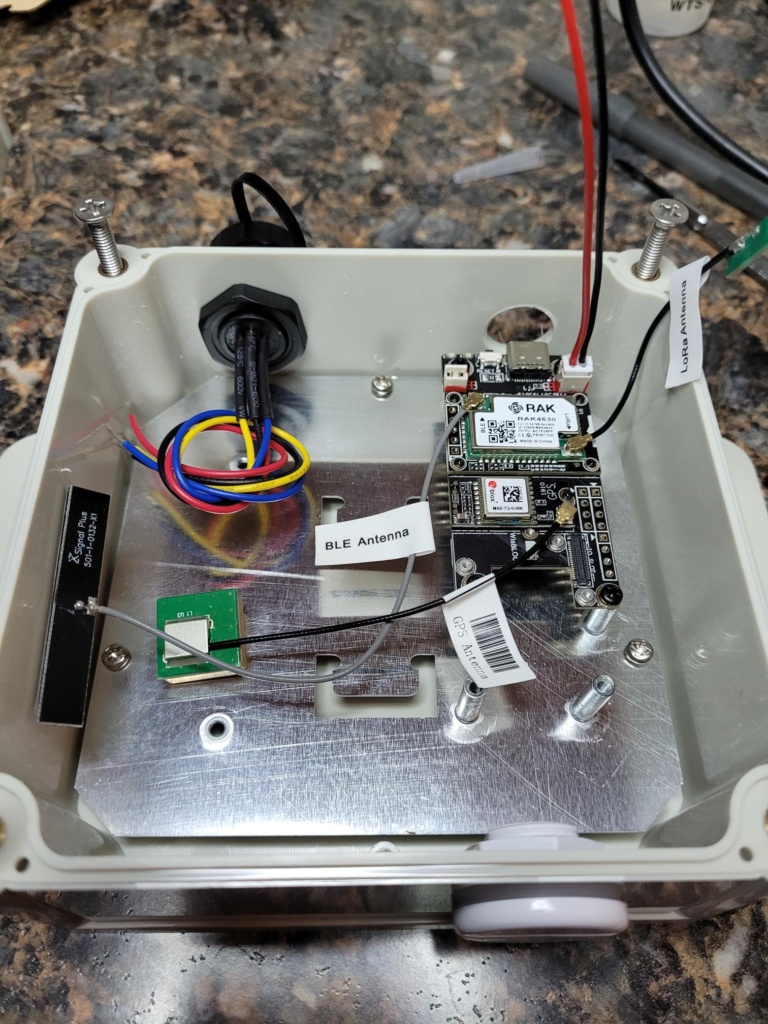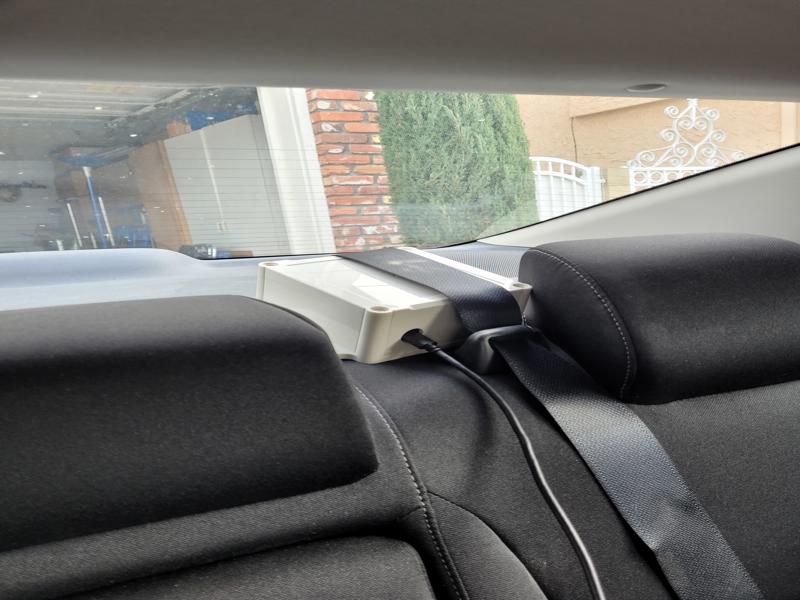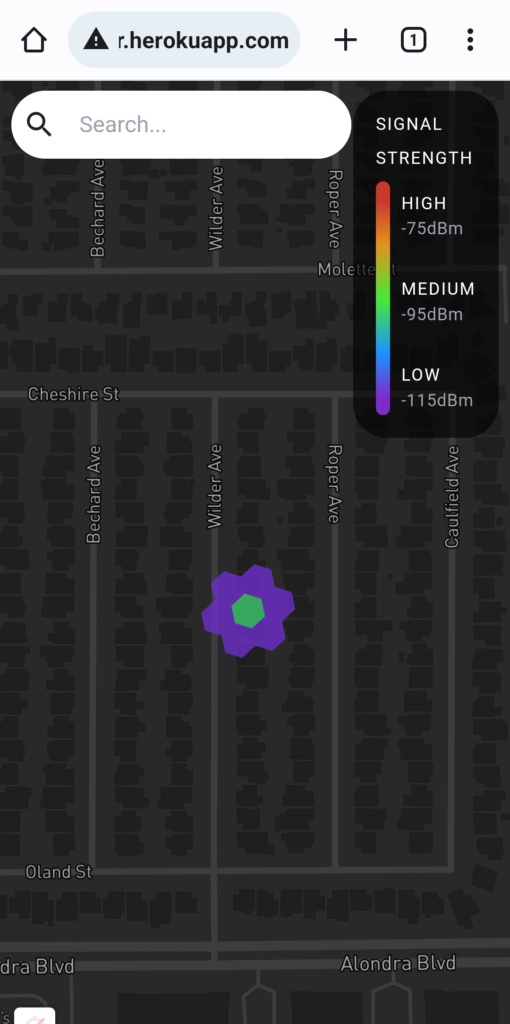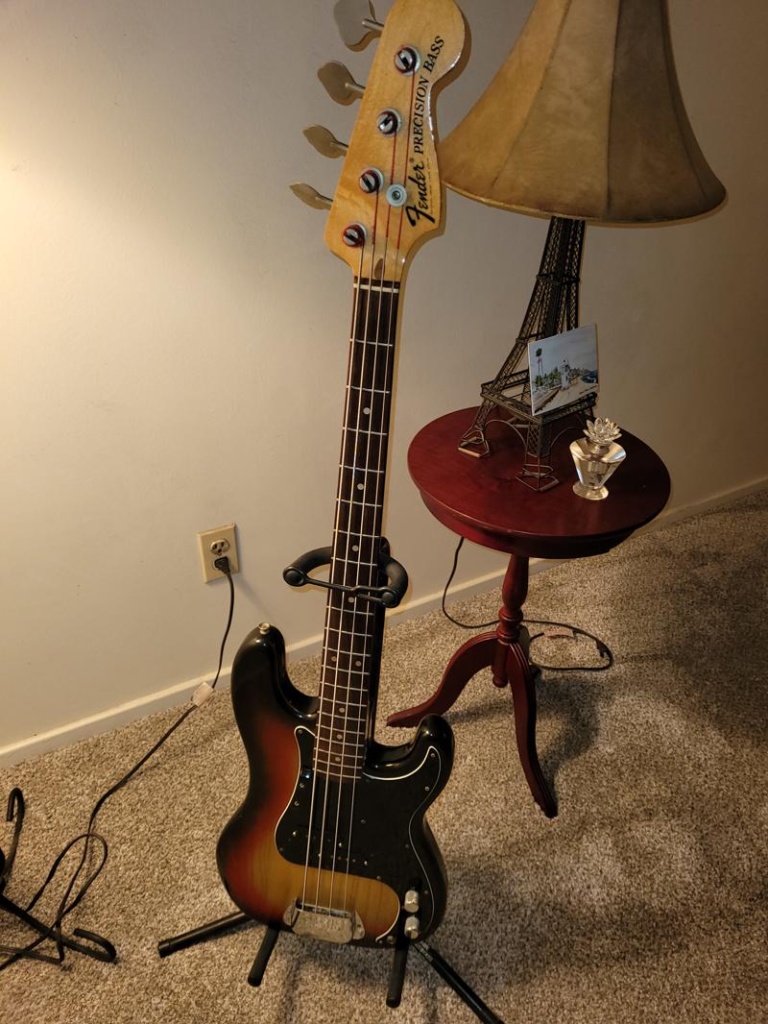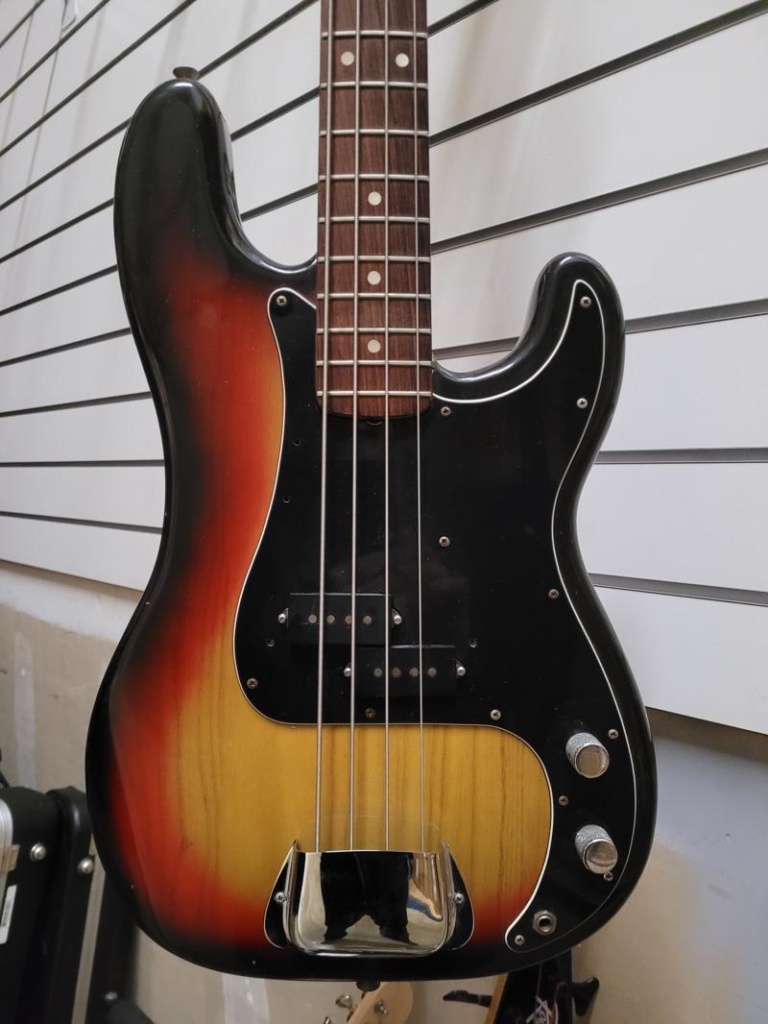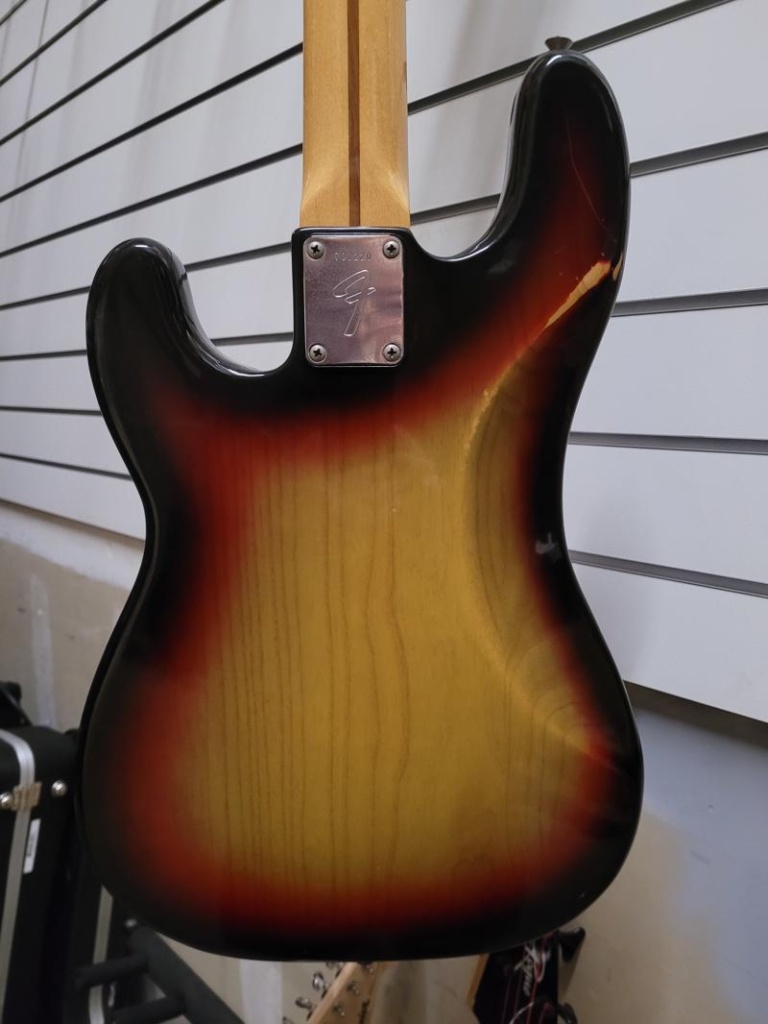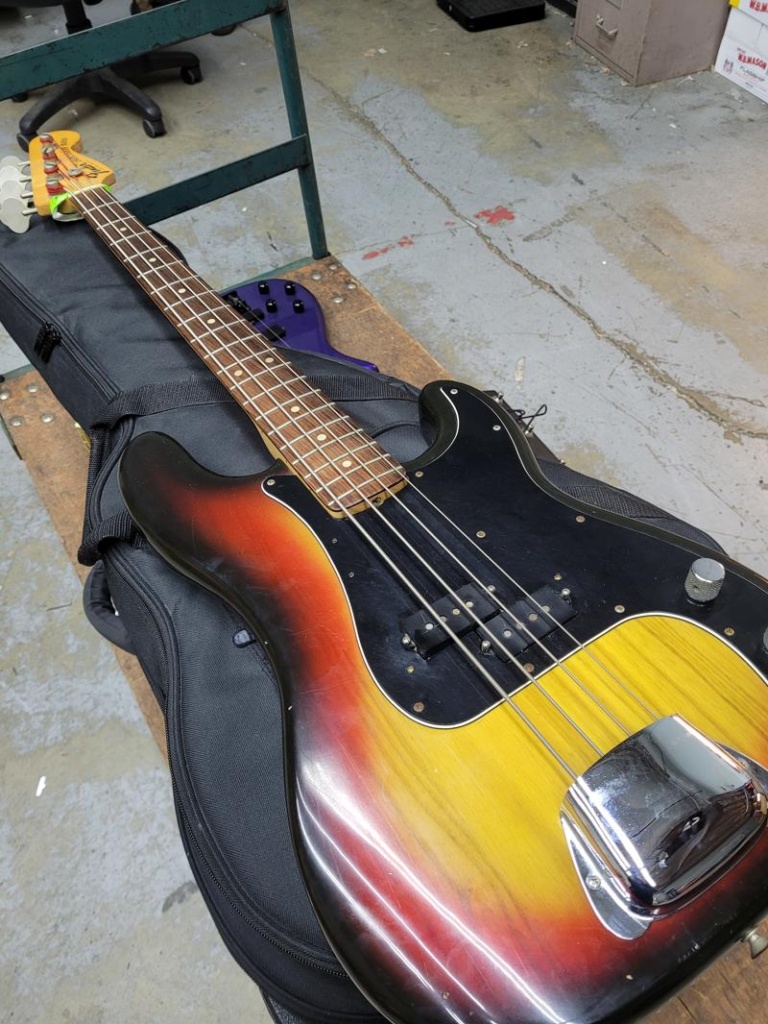09/09/22: DAY 30: 5G $MOBILE: 639,641.68
I was delighted to see the Helium 5G Genesis period begin. The so-called Cellular Summer is underway. On Sunday August 15, 2022 I discovered there were three $MOBILE rewards posted to my Helium Wallet. To date, I have received 6 reward payments totaling 167,618.85 in Helium $MOBILE 5G Rewards.
What’s it worth?
That’s what we’d all like to know. The truth is it currently has no value assigned to it. My understanding is that the Helium Community must first vote and approve measures that will determine what the $MOBILE reward token will be worth. We do know that the $MOBILE tokens will be convertible to $HNT at a later date. Good enough for me.
08/12/22 30,460.60, 08/13/22 29,424.15, 08/14/22 28093.95, 08/15/22 27528.04, 08/16/22 26,504.62, 08/17/22 25,607.49
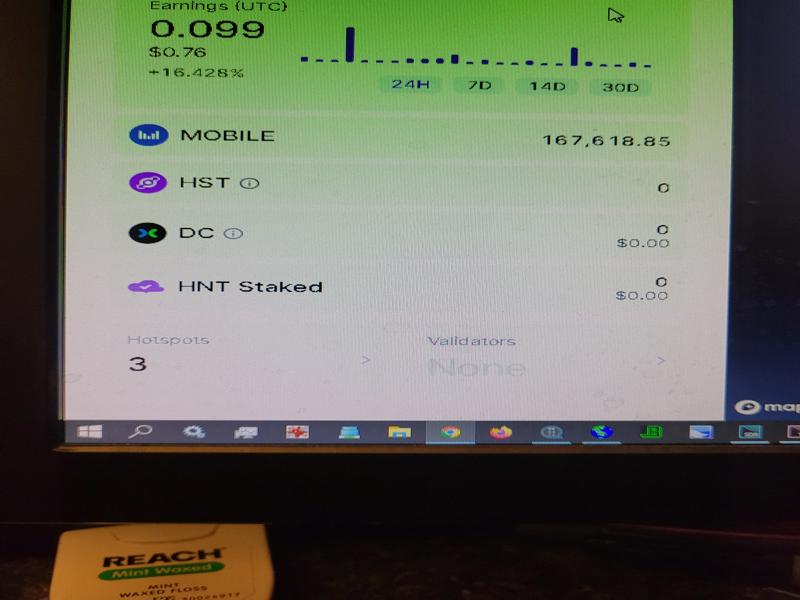
How 5G Hotspots Earn Helium MOBILE Tokens
The Helium Blockchain rewards 5G Hotspots for providing 5G wireless coverage and verifying the Helium Network. 5G Hotspots are rewarded in the Helium MOBILE Token.
During the Genesis Period, 5G Hotspots will begin to earn MOBILE by reporting their status via a “heartbeat”, an automatic process of reporting to the Helium Blockchain that the Small Cell Radio is online and registered with the SAS.
Genesis is the period during which Hotspot owners will be rewarded for providing 5G coverage with pre-mined MOBILE tokens. MOBILE tokens will be redeemable for HNT after the Genesis period ends.
Once a 5G Hotspot is completely deployed, you as the owner are not required to do anything else to earn MOBILE. Your 5G Hotspot will perform all of its activities on its own and will be rewarded for maintaining a valid connection to the SAS.
Emissions Curve
There will be a max supply of 250B (billion) MOBILE with issuance halvenings of every 2 years aligned with the HNT issuance halvenings. The first halving will occur on August 1, 2023, to align with HNT halving and will continue on a 2-year cycle afterward. This creates a “stub period” as defined by HIP 53: Mobile subDAO which will begin when normal emissions of MOBILE tokens begin (and MOBILE can be redeemed by HNT in the subDAO’s treasury). The date for this is currently TBD and dependent on core developers implementing the HNT token treasury and redemption transactions on the Helium Blockchain. This is defined as Phase 2 of HIP 51: Helium DAO for all new subDAOs.
Before normal emissions of MOBILE begin, HIP 51: Helium DAO defined an earlier launch of MOBILE tokens assigning a premine amount of MOBILE to the Helium Foundation. The Helium Foundation will work with the core developers to begin the Genesis period of MOBILE rewards. Genesis rewards will be paid out of the Foundation’s pre-mined MOBILE rewards pool. Read more about the pre-mine distribution here.
Currently, the Helium Foundation intends to issue 100M (million) tokens per day in the Genesis period, and it will be proportionally distributed to all active 5G Small Cell Radios as described below.
Small Cell Radio Reward Scaling
All properly installed and registered 5G Hotspots will earn rewards for participating on the Network. A rewards unit multiple is applied to the various Small Cell Radio models based on whether they are indoor or outdoor, as well as their power output, as follows:
| Small Cell Radio Type | Reward Weight |
|---|---|
| High-Power Outdoor* | 4.0x |
| Outdoor | 2.5x |
| Indoor | 1.0x |
*Currently, the only High-Power Outdoor Radio is the
Baicells Nova436H
Individual rewards per period are calculated as a proportion of the total weighted reward units.
Earnings Example
Earnings are calculated in 3 steps
- Calculate the Total Emissions Weight and Emissions Weight Ratio for each Small Cell Radio Type
- Each Small Cell Radio Type is allocated its ratio of the total rewards in the given epoch
- Each 5G Hotspot is proportionally rewarded from its respective rewards pool by Small Cell Radio Type
- As an example, we can calculate the rewards for a 5G Hotspot in a single epoch assuming the following (the below numbers are examples and may not reflect actual deployed 5G Hotspots today):
- 100,000,000 MOBILE Rewarded per day
- 150 High-Power Outdoor 5G Hotspots earn rewards
- 800 Outdoor 5G Hotspots earn rewards
- 1,400 Indoor 5G Hotspots earn rewards
- 1 Small Cell Radio per 5G Hotspot (in real-world usage, multiple Small Cell Radios can be connected to a 5G Hotspot)
Total Rewards Units for Epoch
Calculate the Total Reward Points for a given epoch, by using the Reward Weight for each Small Cell Radio type.
In this example, the total rewards Points per epoch is 4,000 and the ratios are as follows:
High-Power Outdoor Count ( 150) * 4.0 => 600 => 0.15
+ Outdoor Count ( 800) * 2.5 => + 2,000 => 0.50
+ Indoor Count (1,400) * 1.0 => + 1,400 => 0.35
----------------------------------------- --------
4,000
Earnings per Small Cell Radio
Each Small Cell Radio is allocated its rewards based on the reward weight of the model.
Small Cell Reward = Daily Rewards * Reward Weight / Count of Small Cell Type
High-Power Outdoor => 100,000,000 * 0.15 / 150 = 100,000 MOBILE per day
Outdoor => 100,000,000 * 0.50 / 800 = 62,500 MOBILE per day
Indoor => 100,000,000 * 0.35 / 1,400 = 25,000 MOBILE per day
